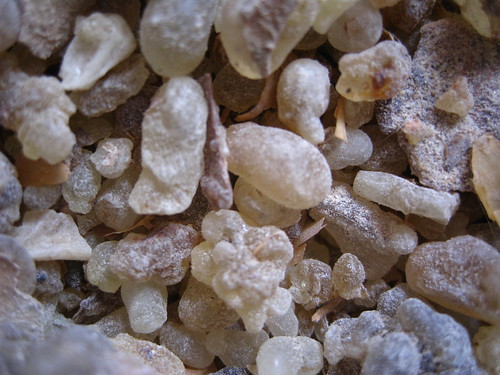International SOS has leveraged World Cancer Day on February 4 to encourage organisations to recognise the impact cancer has on the workforce, and to take steps to reduce cancer risk in the workplace.
 |
| Source: International SOS. World Cancer Day infographic. |
According to the organisation, at least 40% of all cancer cases reported could be prevented with effective primary prevention measures*. International SOS points out that roughly 30% of an employee's day is spent in the workplace where there may be exposure to hazardous materials, including cigarette smoke. The workplace could also inadvertently lead to inactivity and poor eating habits**, both of which are risk factors for cancer, the organisation added.
Dr Kate O’Reilly, Medical Director at International SOS, said: “The impact of cancer amongst the workforce is growing. Cancer is common and every organisation will have employees who experience a cancer diagnosis. When an employee is diagnosed with cancer, it affects not only the individual, but also a network of people across the organisation. It is vital that employers understand the impact of cancer on the individual employee and the organisation.
"Having an integrated health and wellbeing strategy that includes promoting cancer awareness and increasing access to screening and prevention activities is best practice.”
Dr O’Reilly added: “Organisations should also understand that successfully embedding holistic health and wellbeing programmes depends on leadership involvement and promoting a workplace culture that supports employees through their cancer journey. Simple workplace changes can reduce cancer risk such as providing healthy food options, promoting smoking cessation programmes and creating a culture of safe alcohol use.”
International SOS has provided some strategies to mitigate cancer risk in the workplace:
Education on cancer risks
By providing education about cancer risks and the symptoms to look for, organisations can empower their workforce to be proactive about their health. Demonstrating a commitment to employee health and wellbeing can also improve morale and productivity.
Encourage regular screening
Early diagnosis of cancer nearly always results in better treatment outcomes. If not already included in local health programmes, consider including key screenings, such as for breast and colon cancer, in employees’ health benefits and more importantly, ensure your organisation’s policy makes screenings feasible. Introduce workplace policies that enable employees to dedicate time to their health and encourage employees to take time off for recommended regular physical exams.
Promote healthy habits
Make it easier for employees to have a healthy diet by ensuring that healthier options are available in the organisation’s cafeteria and onsite vending machines. Provide incentives like step challenges or discounted gym memberships to encourage workers to engage in regular exercise.
Encourage open communication
Create a supportive environment which enables conversations in the workplace about cancer prevention and detection. Managers should set aside time for regular meetings with employees to discuss any problems they might be facing and check in on their wellbeing.
Conduct a workplace assessment
Some jobs may also expose workers to environmental hazards, and even shift patterns can heighten the odds that a worker will develop cancer. It is important to identify potential cancer-causing agents and put in place control measures for carcinogenic hazards to reduce cancer risk at work. Modern office work may also contribute directly to three cancer risk factors, including excess body weight, diet, and physical inactivity.
Implement a smoke-free workplace
To protect all employees from exposure to second-hand smoke, organisations can implement policies that require a smoke-free environment. A quarter of all cancer deaths are caused by tobacco use and providing employees with smoking-cessation support helps reduce the risk.
Offer Employee Assistance Programmes (EAPs)
Provide cancer access within EAPs that includes a range of services such as counselling, financial planning and wellbeing options.
*World Health Organization, International Agency for Research on Cancer, Cancer Topics
**Institute for Employment Studies, Cancer & Employment Report 2022 (PDF)







